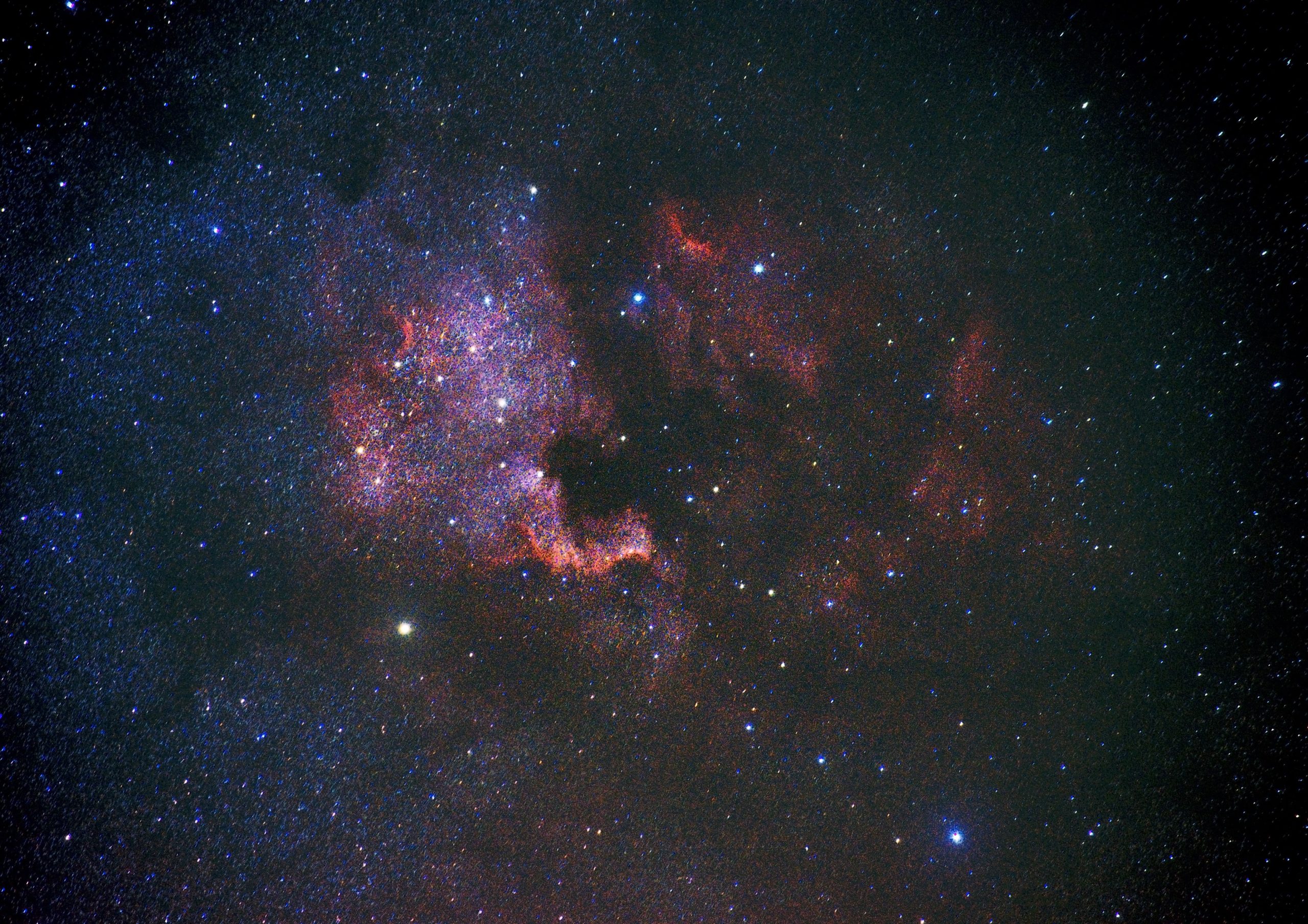List of Moon Phases in Order
The Moon, Earth’s only natural satellite, goes through different phases as it orbits the Earth. These phases occur due to the changing positions of the Moon, Earth, and the Sun. Throughout history, the Moon has fascinated humans with its ever-changing appearance. In this blog post, we will explore the different moon phases and their order. Let’s dive in!
Understanding Moon Phases
Before we dive into the specific moon phases, it’s important to grasp the basic concept behind these appearances. The Moon doesn’t emit its own light; it simply reflects sunlight. Depending on its position relative to the Earth and the Sun, different portions of the Moon become illuminated, resulting in the various phases we observe.
The lunar cycle, also known as the synodic month, lasts approximately 29.5 days, during which the Moon passes through eight distinct phases. These phases include the New Moon, Waxing Crescent, First Quarter, Waxing Gibbous, Full Moon, Waning Gibbous, Third Quarter, and Waning Crescent. Let’s explore each phase in detail.
The Eight Moon Phases in Order
1. New Moon: The New Moon phase marks the beginning of the lunar cycle. During this phase, the Moon is positioned between the Earth and the Sun, resulting in the side of the Moon facing the Earth appearing completely dark. The New Moon is not visible from Earth.
2. Waxing Crescent: As the Moon orbits around the Earth, a small portion of its surface becomes visible in what’s known as the Waxing Crescent phase. During this phase, only a small crescent-shaped portion of the Moon is illuminated, with the rest remaining dark.
3. First Quarter: The First Quarter phase occurs when half of the Moon’s surface is illuminated. From Earth, we see the Moon as a half-circle of light, resembling a First Quarter shape. During this phase, the Moon appears in the western sky, reaching its highest point at midnight.
4. Waxing Gibbous: After the First Quarter, the Moon continues to wax, filling in more of its illuminated portion. In the Waxing Gibbous phase, the Moon appears more than half illuminated, but not yet full. It exhibits a convex shape and can be seen primarily in the east after sunset.
5. Full Moon: The Full Moon phase is perhaps the most well-known moon phase, with the entire illuminated side of the Moon visible from Earth. It occurs when the Moon is directly opposite the Sun, with the Earth in between. The Full Moon rises in the east just as the Sun sets in the west, making it visible throughout the night.
6. Waning Gibbous: Following the Full Moon, the illuminated portion of the Moon gradually decreases, leading to the Waning Gibbous phase. During this phase, more than half of the Moon is still visible, though no longer fully illuminated. The Moon appears in the western sky after sunset.
7. Third Quarter: In the Third Quarter phase, half of the Moon appears illuminated, just like the First Quarter. However, during the Third Quarter, the illumination occurs on the opposite side of the Moon. It rises at midnight and sets at noon, appearing in the eastern sky during the morning hours.
8. Waning Crescent: The final phase of the lunar cycle is the Waning Crescent. During this phase, only a small, crescent-shaped portion of the Moon is illuminated, akin to the Waxing Crescent phase. The Waning Crescent is often challenging to see due to its proximity to the Sun’s rising position.
Moon Phases in a Table
If you prefer a visual representation, here’s a table summarizing the moon phases in order:
| Phase | Description |
|---|---|
| New Moon | The Moon is not visible from Earth. |
| Waxing Crescent | Small crescent-shaped portion illuminated. |
| First Quarter | Half of the Moon’s surface is illuminated. |
| Waxing Gibbous | More than half illuminated, but not yet full. |
| Full Moon | Entire illuminated side visible from Earth. |
| Waning Gibbous | More than half visible, but no longer fully illuminated. |
| Third Quarter | Half of the Moon appears illuminated, opposite side compared to First Quarter. |
| Waning Crescent | Small, crescent-shaped portion illuminated. |
Understanding the moon phases can be a fascinating way to connect with the celestial world. Make sure to observe the Moon at various times throughout the month to witness its continuous transformation. Whether you gaze at the sky in awe or study further into the science behind these phases, the Moon continues to captivate humans across the globe.
Remember, the next time you look up at the night sky, you’ll have a deeper insight into the order of moon phases and the magic they hold. Happy moon gazing!
Table of Contents
